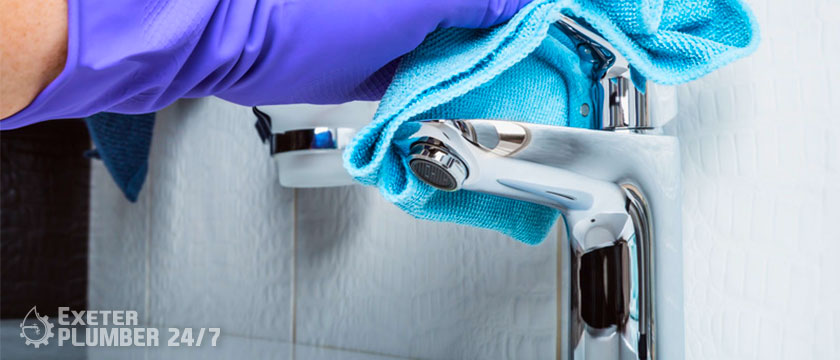
19 Jan. 22
How To Light The Pilot Light on Your Hot Water Heater
When the pilot light on a water heater goes out, it usually means that a natural change in gas pressure extinguished the flame. The most obvious sign that a pilot light is out is that the water will not heat up. It’s critical to understand how to light your water heater’s pilot light so you can restart the flame as soon as possible, not only to restore hot showers but also to ensure that no gas is accidentally released into the house in the event of a broken flame sensor.
It is critical to follow the instructions on your water heater; instructions vary depending on the make and model. However, for most gas-powered water heaters, you can begin by locating the gas shut-off valve, which is usually labeled clearly on the front lower part of the water heater. Turn the knob to “Off,” then wait five minutes for the gas to clear before proceeding with the following steps:
Open the door/cover to gain access to the pilot light. This is usually found beneath the gas valve; however, some water heaters simply have an open gap where you can see the pilot light burner.
Locate the burner inside using a flashlight or a headlamp. It will be reached via two small gas tubes. You’ll want to keep an eye on it while you’re working.
Turn the gas knob to “Pilot,” then press and hold the button. This will initiate the flow of gas, allowing you to light the flame. Some water heaters have a separate pilot mode button, usually a red one, that you must press and hold.
Light the pilot while still holding the gas pedal down. Some water heaters have an igniting button that is red or black, while others must be lit manually with a long lighter.
When the flame ignites, keep the gas knob or button depressed for a full minute. Then slowly let go, making sure the light is still on.
Turn on the gas and listen for the distinct “whump” or whooshing noise of the main burner igniting.
Replace the cover and take a hot shower.
Though a single extinguished pilot light is usually caused by a natural change in gas pressure, repeated failures indicate a serious issue with the water heater. A dirty or bent thermocouple, which is a small copper wire and rod that senses the flame and automatically turns the gas off when it detects a flame outage, is the most common cause of repeated pilot outages.
What exactly is a thermocouple?
A thermocouple is frequently referred to as a flame sensor in newer water heaters. If the pilot light continues to go out after following the above lighting steps, you most likely have a bent, dirty, or broken thermocouple. If it’s bent and not close to the burner, turn off the gas, move it over, and try lighting the pilot again. If that doesn’t work, clean it by turning off the water heater gas valve as well as the main gas line near the heater. Remove the three nuts that secure the thermocouple and two gas tubes to the valve. The burner is usually simple to remove. Vacuum out the burner ports and use a microfiber cloth and steel wool to clean the thermocouple tip. These recommendations are from our local plumbers exeter.
If your water heater appears to be having more issues than you can handle, or if you’re ready to upgrade to a more efficient model, you can rely on our experts to restore hot water to your home. We have hundreds of licensed professionals across the country, and hot water heaters are one of our favorite plumbing and water appliances to repair and upgrade!
A luxurious shower experience includes more than just hot water. Replace that clingy shower curtain with a custom glass shower door, our sister company in the Neighborly network of trusted home service providers, to bring in more light, make your bathroom feel bigger, and get your dream shower space.


